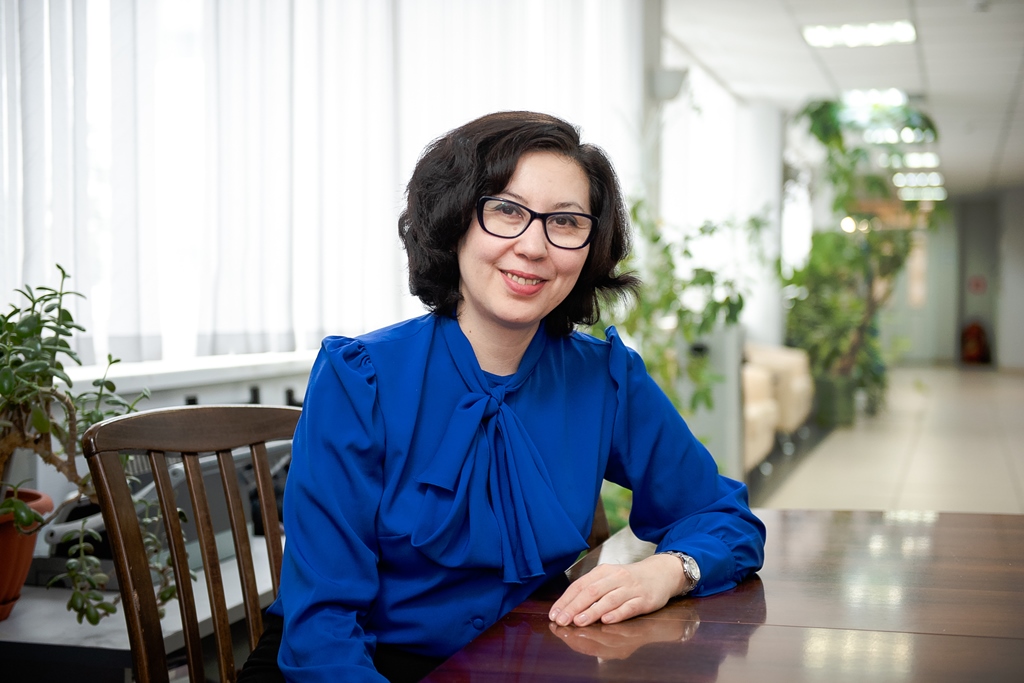According to the World Health Organization, osteoporosis, which significantly increases the risk of bone fracture, is one of the most common noncommunicable diseases. It ranks fourth after cardiovascular disease, diabetes mellitus, and cancer. Scientists from Tomsk State University and Sharif University of Technology (Tehran, Iran) are developing a new treatment for osteoporosis that will effectively restore bone tissue. The research is supported by the international Russian Science Foundation grant.
“Conventional treatment approaches to osteoporosis are drugs and hormone therapy,” said Irina Kurzina, the project leader and head of the Department of Natural Compounds, Pharmaceutical and Medical Chemistry of the Faculty of Chemistry. “We are developing a new means of restoring osteoporotic bone defects. Biodegradable 3D printed polymeric scaffolds will deliver it to the problem area.”

TSU will develop super macromolecules — active substances that treat osteoporosis and restore the structure and density of bone tissue, while Sharif University of Technology will develop 3D printed polymeric scaffolds.
“Medical materials science is a well-developed field at Sharif University of Technology. Its scientists have extensive experience in applying 3D printing technologies for ceramic and polymer-based composite materials,” Irina Kurzina added. “The main feature of the scaffolds that our Iranian colleagues are developing is that the carrier will gradually decompose in the body, and active substances will be released from its matrix that will stop the process of bone degradation and start restoration processes.”
The project will span three years. The researchers will conduct initial testing on cell cultures at the final stage. If the parties agree to extend the project, the researchers will conduct in-vitro and in-vivo studies, which are necessary to introduce the new product into clinical practice.